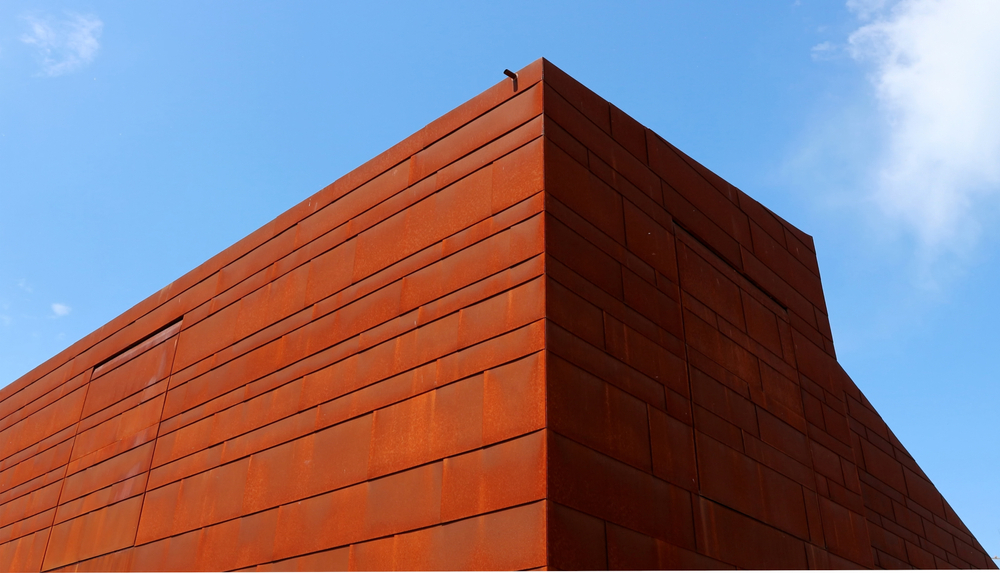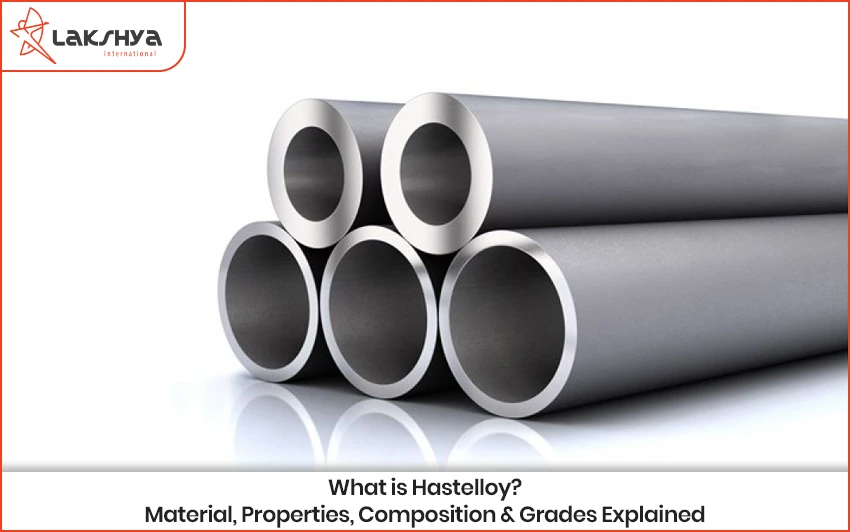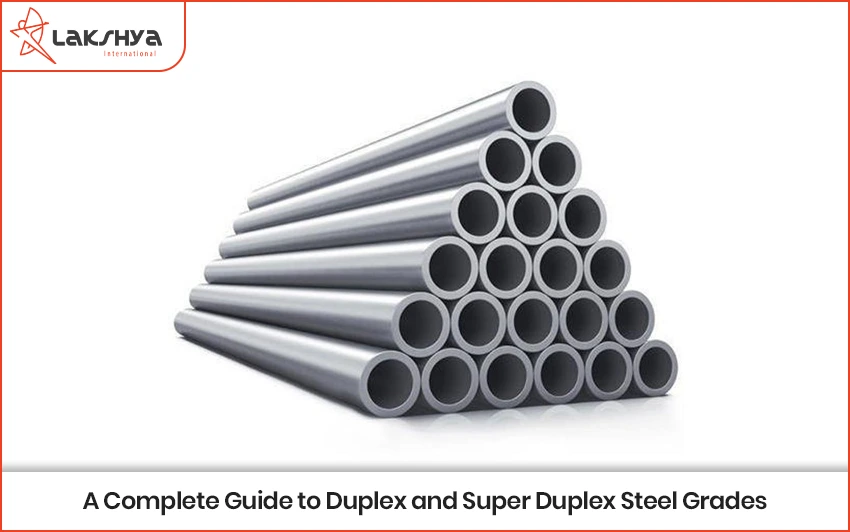Corten weathering steel is a type of steel that forms a layer of rust to protect itself from the weather.
Corten A, which is often used in architecture, and Corten B, which has been tested for impact and is often used in structures, are the two main types of Corten steel.
It has qualities that are very helpful for some projects, and we will talk about these below.
Corten weathering steel is anti-corrosive
Corten weathering steel is better than other types of structural steel because it doesn’t rust. The rust that naturally forms on weathering steel helps it last longer, which keeps costs down.
Buildings made with Corten require less paint
Corten weathering steel does not need to be painted because it forms a protective layer of rust when it is exposed to water and oxygen. This helps avoid some of the problems and damage that can be caused by volatile organic compounds, which are found in some paints.
Corten is useful for heavy-duty structures
Corten B is great for building structures that carry a lot of weight because it is strong and durable.
Corten Weathering Steel has an attractive appearance
The protective rust that forms on Corten weathering steel has a distinctive reddish-brown color that architects and design engineers like a lot. It is used a lot in modern art, outdoor structures, and modern uses.
Corten Steel requires minimal upkeep
Corten isn’t just good for building things. Corten can withstand high heat without rusting because of the way it is made. This makes it a great material for chimney linings, log burners, and fire pits.
Contact us for more details!
Read More :
Weathering Steel: A Guide to Corten and the A/B Equivalents, Origins & Standards: Weathering steel (WS), also called low-alloy steel, is a type of steel with a carbon content of less than 0.2 wt.% and a total of no more than 3.5 wt.% of alloying elements, mostly Cu, Cr, Ni, P, Si, and Mn.




